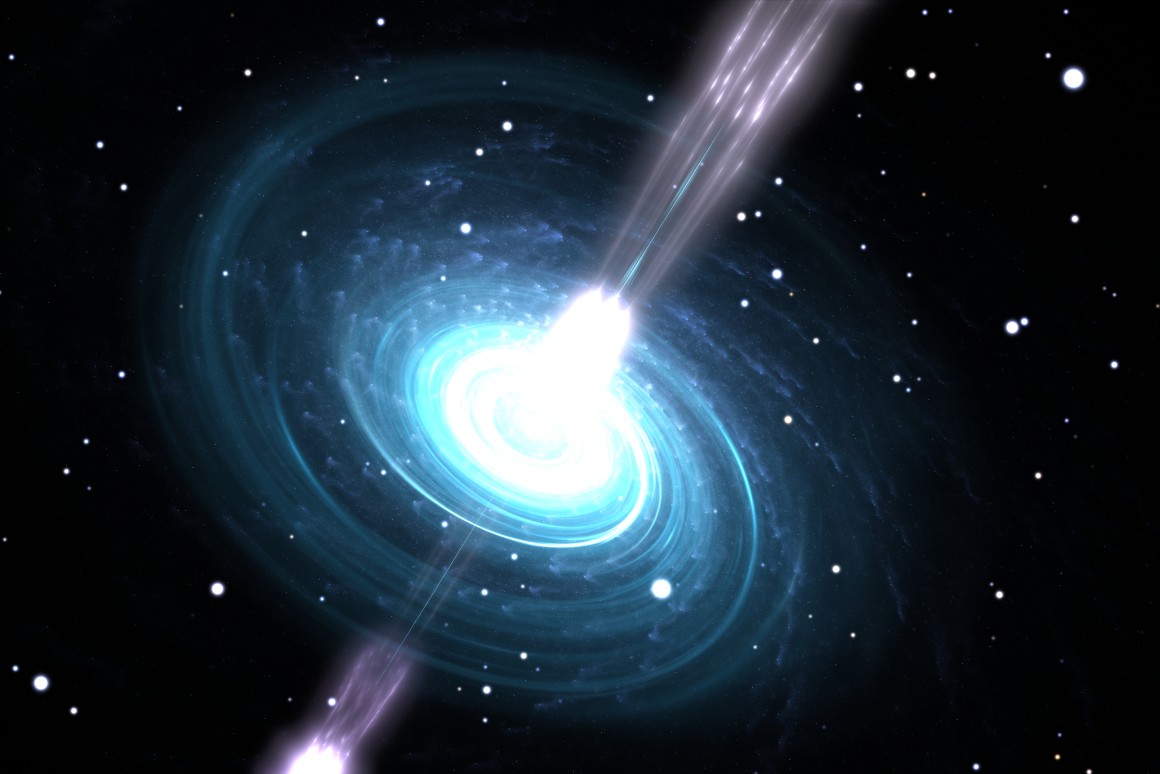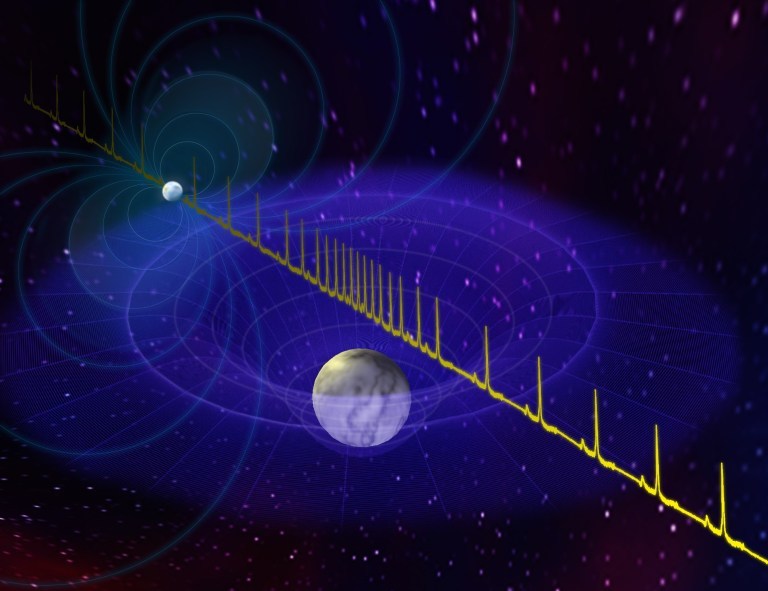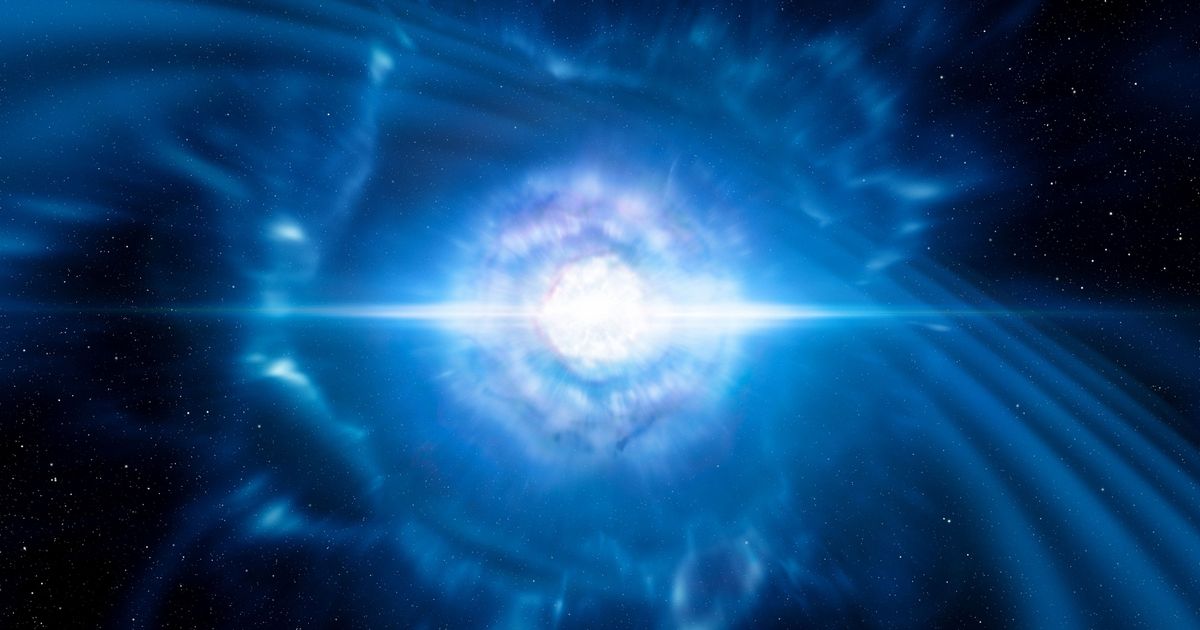When high-mass stars go supernova and eject much of their outer matter into space, the interior that remains can take the form of ultra-dense cores that, if massive enough, can go on to form a black hole. Short of that, it will take the shape of a neutron star, typically small bodies measuring around the size of a city, but with mass often rivaling that of our own Sun.
This makes neutron stars the densest objects that astronomers can directly observe. In fact, so dense are neutron stars that if you diced them up into the size of a sugar cube, each block would tip the scales at 100 million tons here on Earth. And while astronomers have studied these objects for years and years, more than a few questions remain about what exactly makes up their insides, and how much mass they can take on without collapsing into a black hole.

"Neutron stars are as mysterious as they are fascinating," says study author Thankful Cromartie, from the University of Virginia. "These city-sized objects are essentially ginormous atomic nuclei. They are so massive that their interiors take on weird properties. Finding the maximum mass that physics and nature will allow can teach us a great deal about this otherwise inaccessible realm in astrophysics."
The team of astronomers used the National Science Foundation's Green Bank Telescope to study the neutron star J0740+6620, which operates as part of a binary system alongside a white dwarf. The star packs 2.17 times the mass of our Sun into a globe measuring just 30 km (18.6 mi) across. According to the scientists involved, this is "teetering on the edge of existence," approaching the very limits of how massive and compact a body can become without succumbing to gravity and becoming a black hole.

Equally interesting is the way in which the scientists were able to measure the mass of J0740+6620. The neutron star is a rapidly rotating pulsar, meaning that it emits a pair of radio waves from its magnetic poles that pass through space like the beam from a lighthouse, which scientists can track from Earth to study spacetime, the mass of objects and the theory of general relativity.
But when those radio waves are obstructed by something, in this case the gravity of the white dwarf companion as J0740+6620 passes behind it, the signal will be delayed ever so slightly, in the realm of millionths of a second. Tiny it might be, but this subtle delay is enough for astronomers to calculate the mass of the white dwarf. And once they have worked that out, they are able to calculate the mass of the binary system’s co-orbiting body through a “relatively straightforward process.”

"The orientation of this binary star system created a fantastic cosmic laboratory," says Scott Ransom, an astronomer at the National Radio Astronomy Observatory (NRAO) and coauthor on the paper. "Neutron stars have this tipping point where their interior densities get so extreme that the force of gravity overwhelms even the ability of neutrons to resist further collapse. Each "most massive" neutron star we find brings us closer to identifying that tipping point and helping us to understand the physics of matter at these mind-boggling densities."
According to newatlas



![[WORLDKINGS] Daily Highlights – February 20, 2020 – Half-mouth toothbrush is claimed to clean all your teeth within 20 seconds](https://indochinakings.org/wp-content/uploads/2020/02/0_vhktomwfhkiivw9divvx_1-218x150.jpg)




